What is an embedded system?
We explain the key characteristics of an embedded system, their benefits and challenges
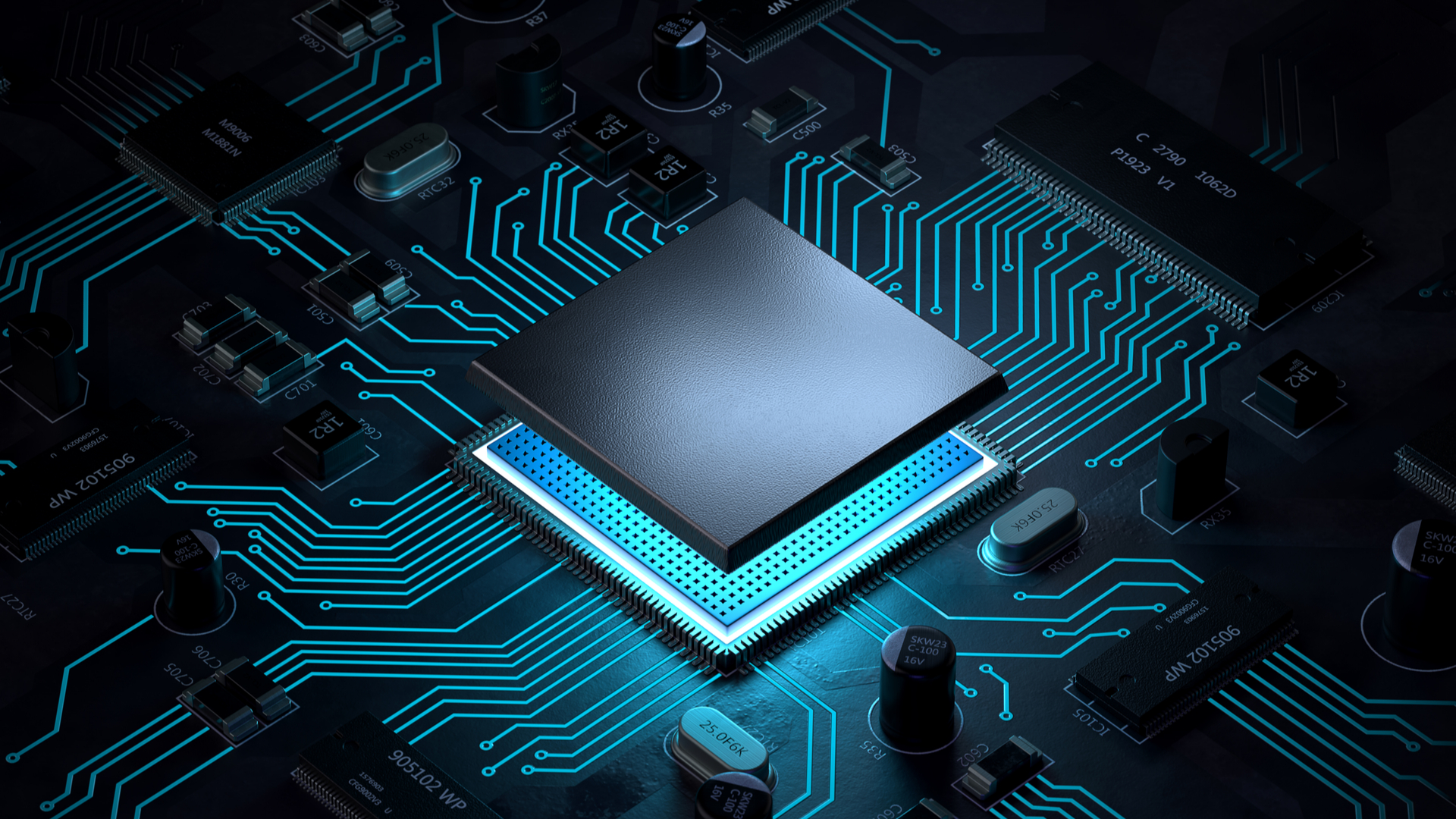

A microcontroller that sits inside a device to control a specific function within it is what we know as an embedded system. This could be, for example, your home’s central heating which is considered to be a type of embedded system.
Embedded systems feature prominently in consumer products and many household machines like toasters, washing machines and microwaves, but they are an essential part of most modern technologies.
Usually, embedded devices are not programmable as they are often designed with a single function in mind. However, depending on what the device is, the software can be upgraded. For example, fitness trackers can be upgraded by connecting them to a laptop or PC.
Because of this, embedded systems must be reliable, since a fault will probably result in the failure of a wider system function or an app, and fixing this can be a challenge.
Hardware foundations of an embedded system
Even though embedded systems used to be based on simple microprocessors, modern ones are usually designed from microcontrollers that come with a specific amount of built-in memory. The difference is that microprocessors only contain a central processing unit, which means that ROM and RAM must be added externally.
These systems appear in a number of forms, with some being stand-alone systems that don’t even have a host, like a video games console. They run certain tasks to a fixed schedule and are a real-time embedded system. A “Network-embedded” system is another example which, as you can probably guess from the name, is a device with a network connection like a mobile phone.
Key features of an embedded system
Embedded systems are typically designed to perform a single repeated function, although it’s true that some can be designed to control the entirety of an operating system. However, regardless of the function involved, they will very rarely be required to do anything more than this task – this makes it an exceptionally reliable component.
Get the ITPro daily newsletter
Sign up today and you will receive a free copy of our Future Focus 2025 report - the leading guidance on AI, cybersecurity and other IT challenges as per 700+ senior executives
They’re described as ‘embedded’ because the component is fixed, and is critical to the overall operation of the system. Those that aren’t critical are described as modular, and can be swapped in and out to allow for new functionality.
Embedded systems are also characterised by their reactive nature. They communicate entirely through sensors or actuators, and if the right response isn’t provided in real-time, the response is considered incorrect and they will not function.
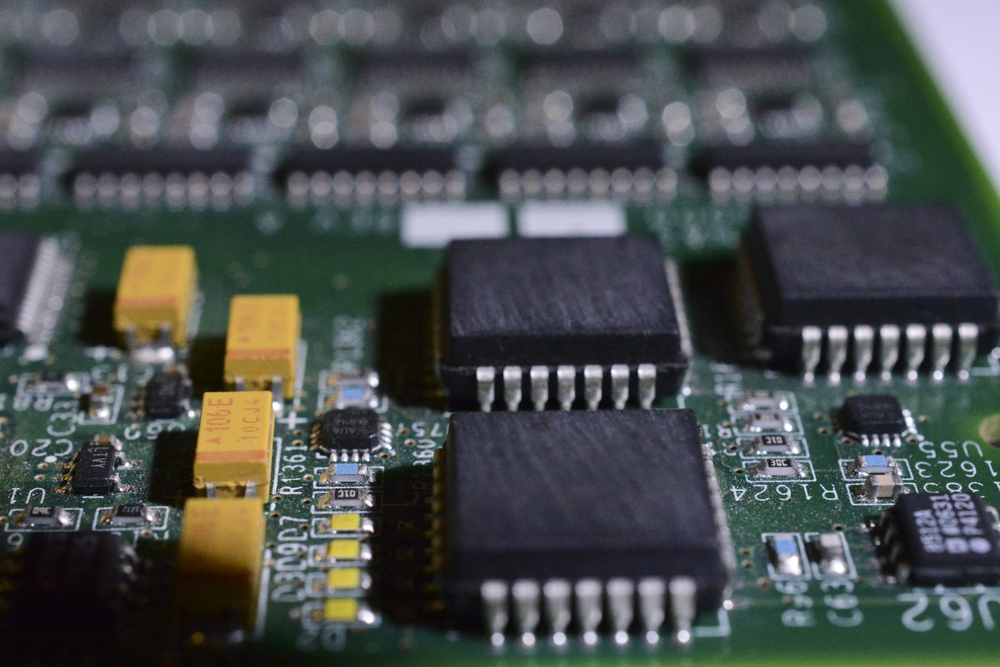
Examples of embedded systems
Examples of embedded systems aren’t hard to find – chances are that you interact with at least a few of such devices on a daily basis. This is because embedded systems are seen in an overwhelming majority of consumer products, from something as small as your Fitbit watch, to your home’s central heating system.
Imagine a typical morning: you are woken up by your alarm clock and make your way to the kitchen, where you set your smart coffee machine to make you an espresso and throw some clothes in the washing machine. You take your car to work, and check the best route according to your GPS navigation system. During lunch break, you heat up your meal in the office microwave. An electronic calculator helps you work out some numbers which you need for a work report, which is in turn sent to your boss thanks to the Wi-Fi provided by your office router. At the end of the day, you check your watch to see whether you can get away with leaving five minutes early. On the way home, you stop by the gym, where your fitness tracker helps you determine your heart rate and the number of calories burnt during your workout. At home, you find some time at the end of the day to play video games on your console because, apparently, it can help level up your career.
All of the devices mentioned above are examples of embedded systems in everyday life. Although they might have different uses and are often sold in different stores, the mechanics behind them are actually pretty similar.
What are the benefits of an embedded system?
Embedded systems usually only have a single function, which means they are able to operate using very little power. They’re also usually very small, and can be crammed in alongside other components relatively easily. Combine all of this with the fact they’re relatively cheap, embedded systems are a hugely efficient means of controlling devices.
As you might have guessed, embedded systems are also incredibly low maintenance, and rarely require direct management, whether that’s changes at the hardware level or in programming.
A component that’s incredibly small, cheap, easy to maintain, and fantastic at doing a single task repeatedly, is the perfect fit for any ‘fire and forget’ devices – those that are required to operate with little fuss and intervention. A handy example of this are the entertainment systems in passenger planes, which were able to function using Windows XP for far longer than a commercial laptop.
What are the downsides of an embedded system?
Despite their invaluable benefits, embedded systems also come with some disadvantages that you should be aware of prior to investing in them. In that way, you can eliminate the element of surprise if something goes wrong, and even opt for a backup plan in case your business is reliant on an embedded system.
For one thing, it’s important to know that embedded systems tend to be difficult to upgrade to a new software or even fix in the event of a malfunction. This is due to the ‘embedded’ part of their nature, which translates to crucial parts being situated deep within the overall machine, and even the smallest change will massively impact the rest of the system.
RELATED RESOURCE

IT Pro 20/20: Meet the companies leaving the office for good
The 15th issue of IT Pro 20/20 looks at the nature of operating a business in 2021
This means that embedded systems often are hard to successfully debug or fix, which often makes it necessary to deconstruct the entire device, removing the majority of components just to replace one part. In fact, the process can be so convoluted and tiresome that it’s often simpler and cheaper to simply replace the entire machine, which can still entail higher costs than anticipated for something which originally seemed like a ‘quick fix’.
However, the embedded systems’ component interdependability also means that, in some cases, tweaks can be applied to other, more accessible parts, which will then bring the device back to life or original purpose. This is why it’s important to have an understanding of how your embedded system works, as well as a trusted specialist who will be able to recognise the root cause of the problem.

Clare is the founder of Blue Cactus Digital, a digital marketing company that helps ethical and sustainability-focused businesses grow their customer base.
Prior to becoming a marketer, Clare was a journalist, working at a range of mobile device-focused outlets including Know Your Mobile before moving into freelance life.
As a freelance writer, she drew on her expertise in mobility to write features and guides for ITPro, as well as regularly writing news stories on a wide range of topics.
-
 Bigger salaries, more burnout: Is the CISO role in crisis?
Bigger salaries, more burnout: Is the CISO role in crisis?In-depth CISOs are more stressed than ever before – but why is this and what can be done?
By Kate O'Flaherty Published
-
 Cheap cyber crime kits can be bought on the dark web for less than $25
Cheap cyber crime kits can be bought on the dark web for less than $25News Research from NordVPN shows phishing kits are now widely available on the dark web and via messaging apps like Telegram, and are often selling for less than $25.
By Emma Woollacott Published
-
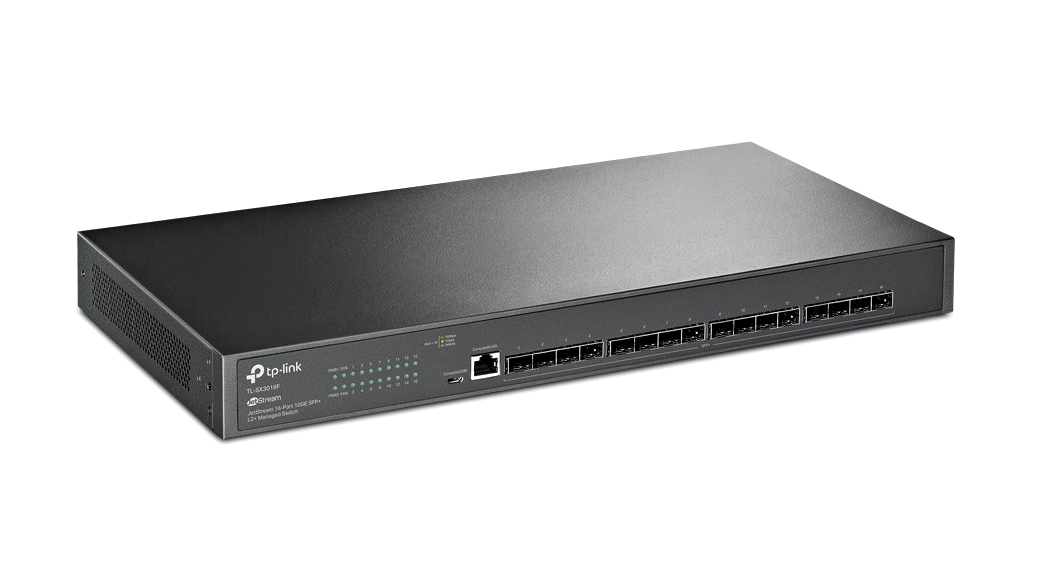
 TP-Link JetStream TL-SX3016F review: Plenty of ports at a pleasing price
TP-Link JetStream TL-SX3016F review: Plenty of ports at a pleasing priceReviews A great-value fibre 10GbE switch with a low cost per port, high performance and plenty of features
By Dave Mitchell Published
-
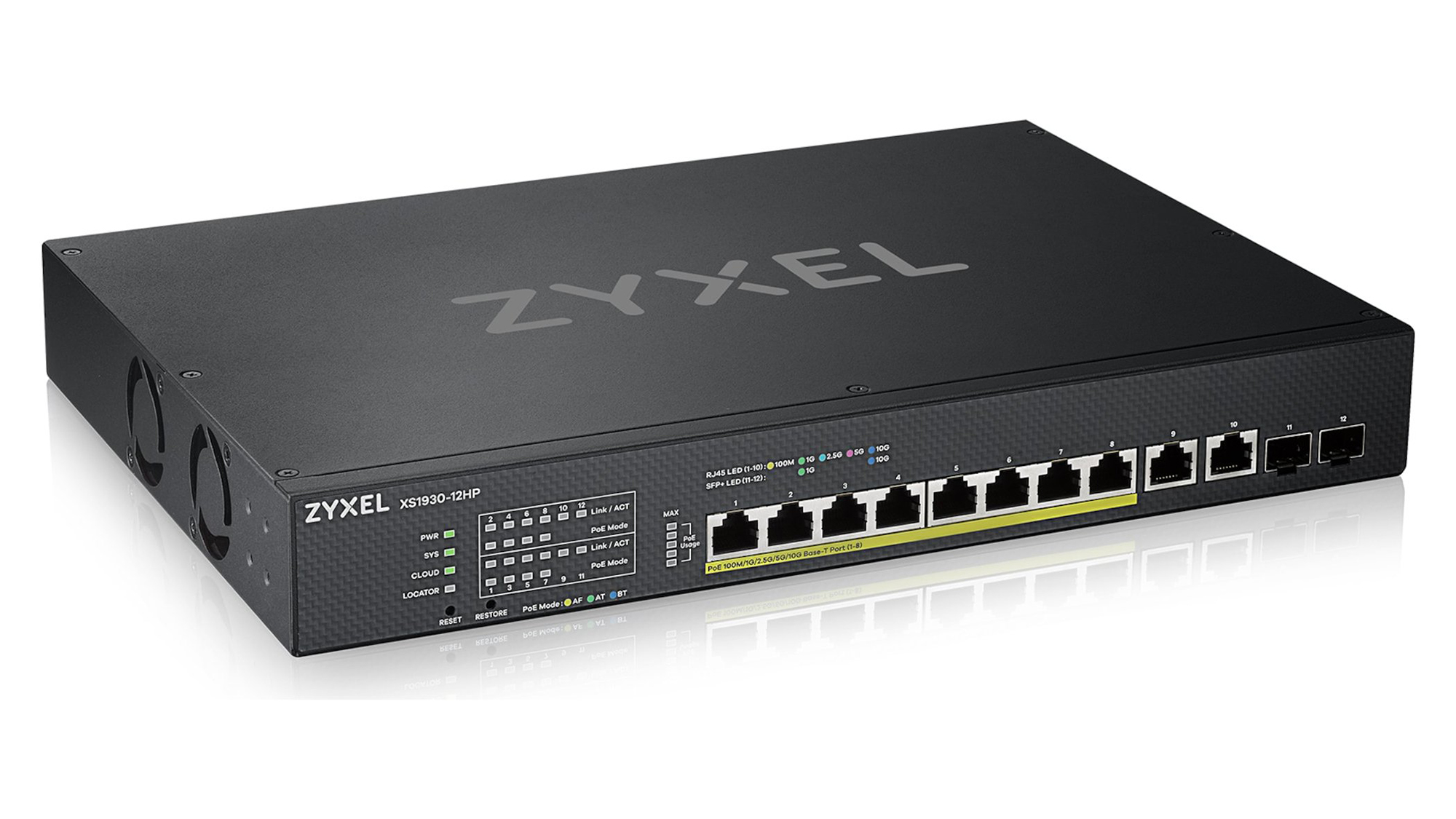
 Zyxel XS1930-12HP review: In a league of its own
Zyxel XS1930-12HP review: In a league of its ownReviews A powerful switch with a network connection for every occasion and powerful PoE++ services
By Dave Mitchell Published
-
 One-day IT projects to improve your business network
One-day IT projects to improve your business networkIn-depth Not all IT tasks take years to complete. We outline nine short, smart networking projects that can bring immediate benefits
By Steve Cassidy Published
-
 Superspeed your network for free... or nearly
Superspeed your network for free... or nearlyTutorials Don’t wait around for slow transfers and sluggish services – you can get a network boost with little or no investment
By Steve Cassidy Published
-
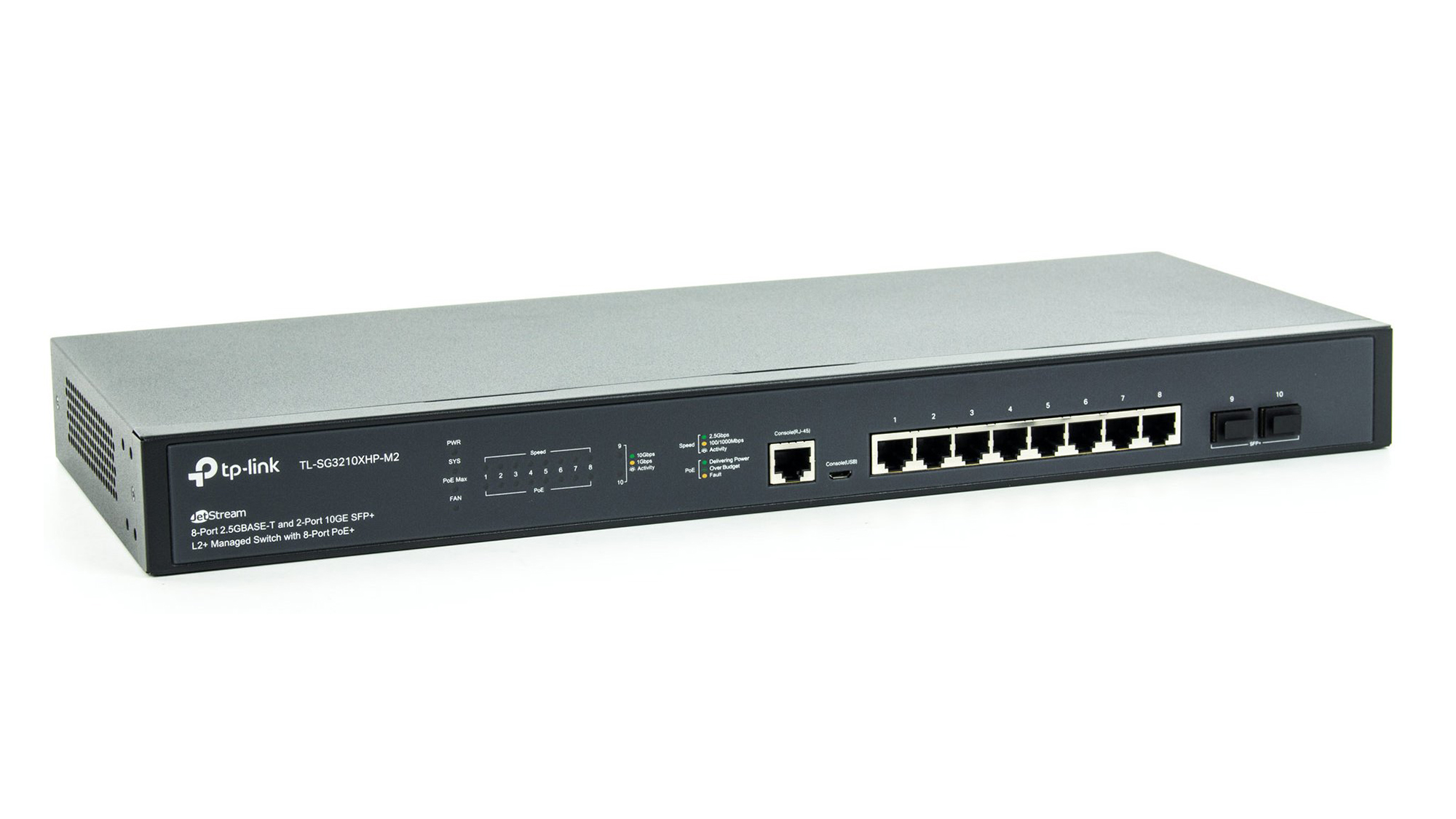
 TP-Link TL-SG3210XHP-M2 review: Any port in a storm
TP-Link TL-SG3210XHP-M2 review: Any port in a stormReviews An affordable multi-Gig PoE+ switch with a big power budget and management features to match
By Dave Mitchell Published
-
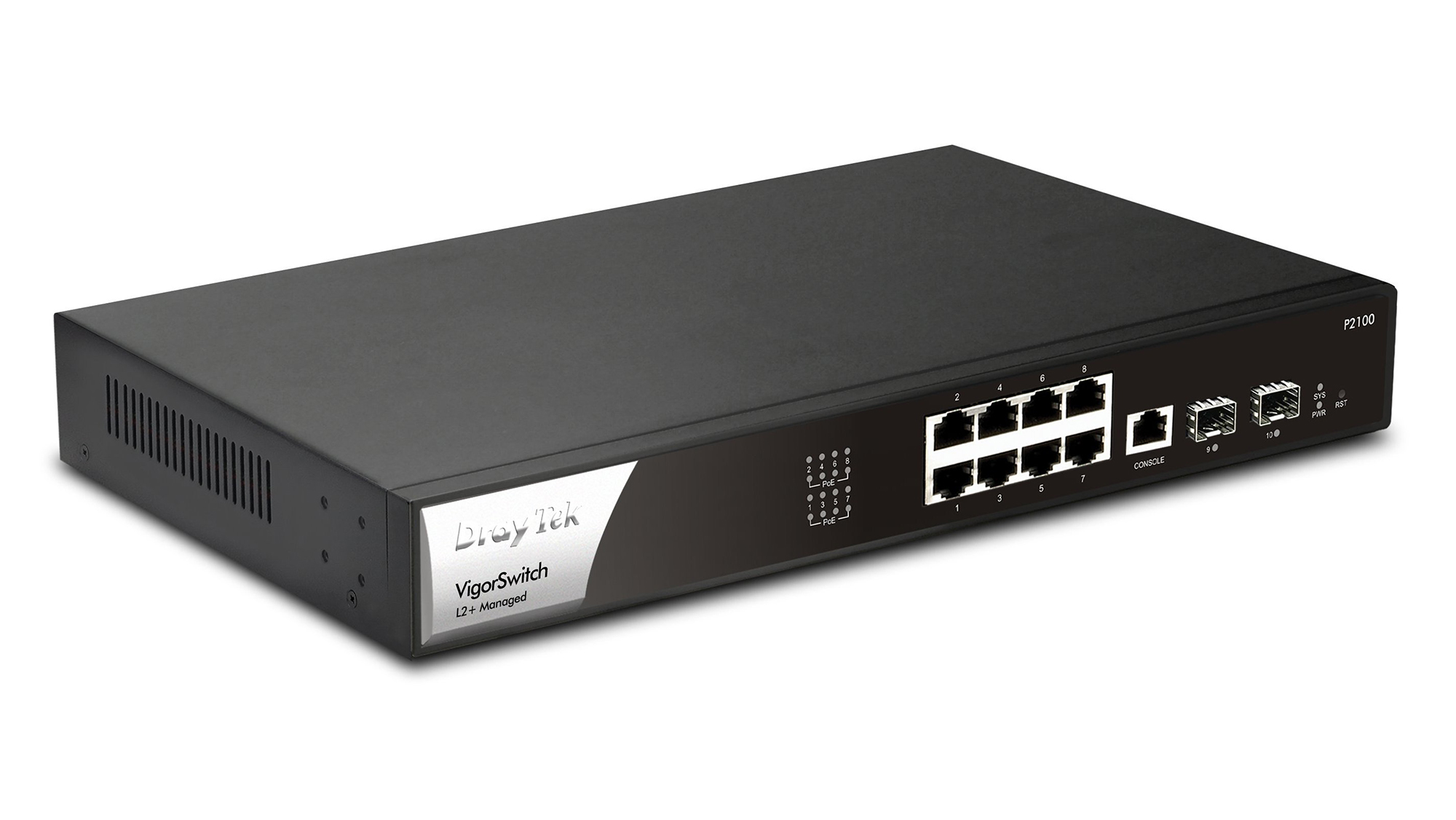
 DrayTek VigorSwitch P2100 review: A very appealing general-purpose switch
DrayTek VigorSwitch P2100 review: A very appealing general-purpose switchReviews A low-cost PoE switch with oodles of options for management and strong surveillance skills
By Dave Mitchell Published
-
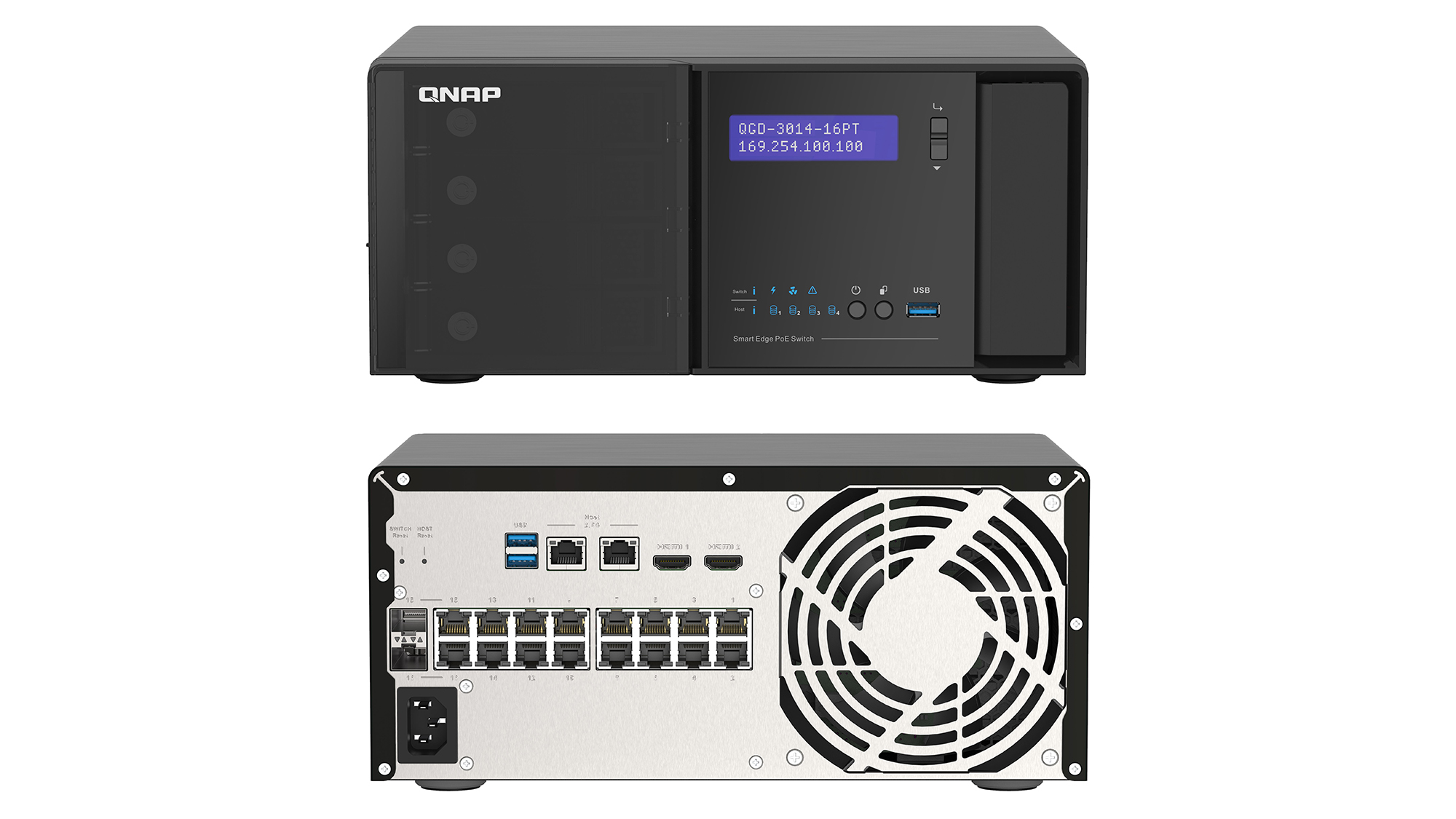 Qnap QGD-3014-16PT review: A clever combo
Qnap QGD-3014-16PT review: A clever comboReviews A smart partnership of NAS appliance and PoE switch well suited to surveillance duties
By Dave Mitchell Published
-
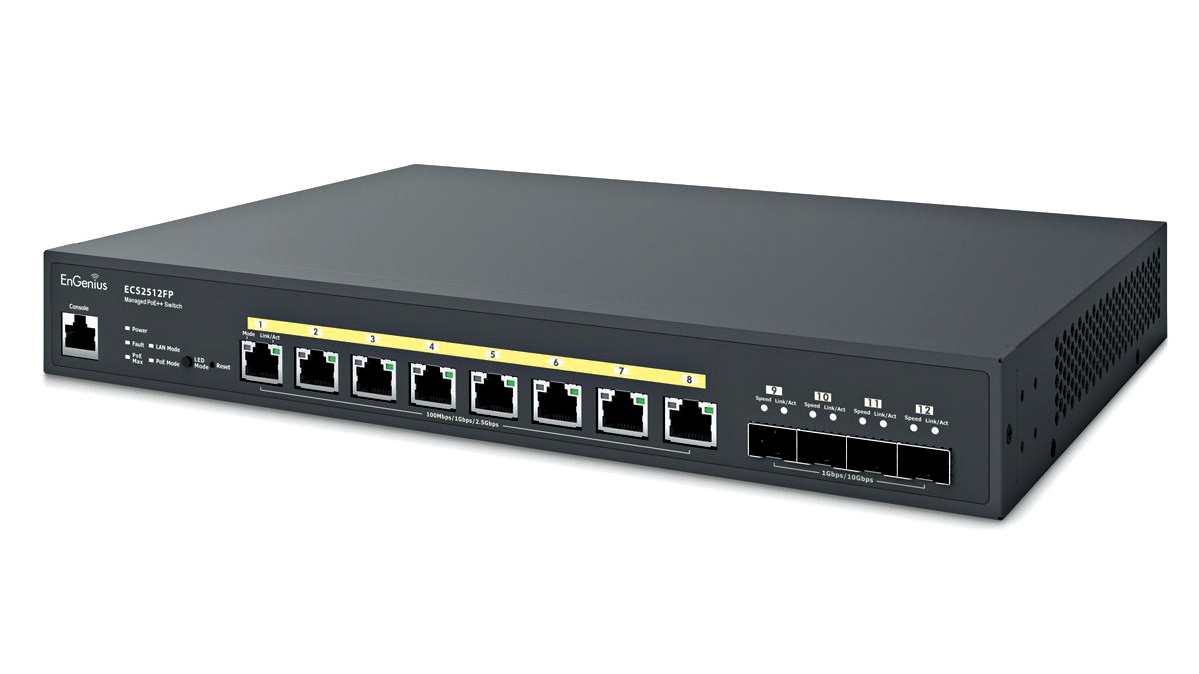
 EnGenius ECS2512FP review: Bang on target
EnGenius ECS2512FP review: Bang on targetReviews This multi-Gigabit switch combines plenty of ports with high-power PoE++ and cloud management
By Dave Mitchell Published